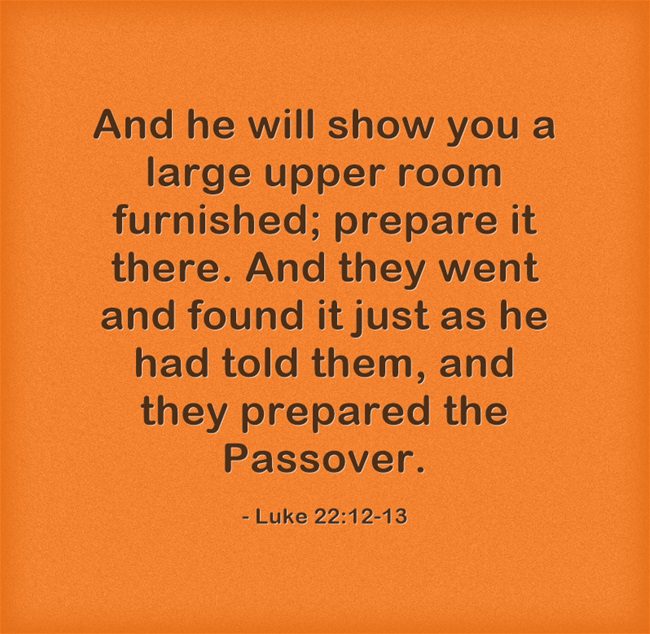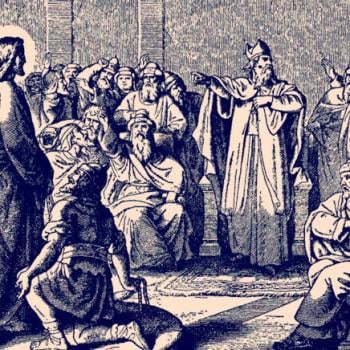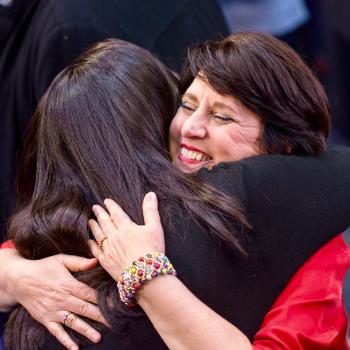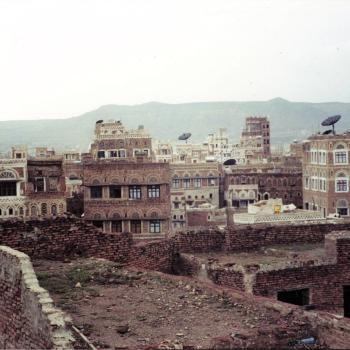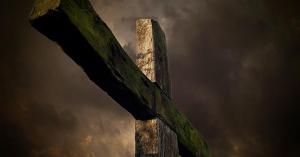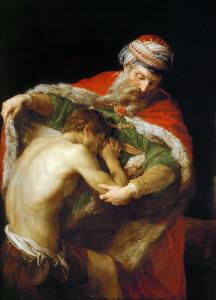What took place in the upper room on the night before Jesus betrayal? What application does it have for believers?
Upper Rooms in the Old Testament
The Bible only mentions the words “upper room” nine times but there are some semblances to the use of the word in the sense that it is those who are well off that typically have upper rooms. The upper rooms are not found among the poor or the common people as we read in 1st Chronicles 28:11 where it reads “Then David gave Solomon his son the plan of the vestibule of the temple, and of its houses, its treasuries, its upper rooms, and its inner chambers, and of the room for the mercy seat.” Here is David giving his son Solomon the plans that he had for the temple to be built and the interesting fact is that the upper rooms contained the “inner chambers” and “the room for the mercy seat” which is of supreme importance to the temple as this represents the presence of the Lord so in the Old Testament, the presence of God is found in the upper room, specifically in the inner chambers and where the mercy seat is located.
Judgment of the Rich and their Upper Rooms
Jeremiahs was warning Judah for many years, yet his warnings fell on deaf ears and they were later taken into captivity by Babylon. One of the problems with Judah was that of modern society today. Many who are rich have gotten riches at the expense of the poor or the common worker. This is not always the case but listen to the strong rebuke of Jeremiah for the rich who had been exploiting the workers in order to build expansive mansions and large upper rooms in Jeremiah 22:12-14 “Woe to him who builds his house by unrighteousness, and his upper rooms by injustice, who makes his neighbor serve him for nothing and does not give him his wages, who says, ‘I will build myself a great house with spacious upper rooms,’ who cuts out windows for it, paneling it with cedar and painting it with vermilion.” The painting of these upper rooms with vermillion speaks about the exquisite nature of the dwellings since vermillion is a brilliant scarlet, water-insoluble red pigment that is extremely expensive. Jeremiah chastises the rich who have built houses “by unrighteousness” and “large upper rooms by injustices” where the rich make their “neighbor serve him for nothing and does not give him his wages” meaning that they are taking advantage of the poor laborers and using them to build great houses “with spacious upper rooms.” So upper rooms seem to be indicative of great wealth but they come at great expense, usually the expense of the poor.
Upper Rooms in the New Testament
We read a few times of the “upper rooms” in the New Testament church but these rooms were often used for prayers and the fellowship of the church. In the case where they were choosing an apostle to replace Judas Iscariot as we read in Acts 1:11-12 where “they returned to Jerusalem from the mount called Olivet, which is near Jerusalem, a Sabbath day’s journey away. And when they had entered, they went up to the upper room, where they were staying, Peter and John and James and Andrew, Philip and Thomas, Bartholomew and Matthew, James the son of Alphaeus and Simon the Zealot and Judas the son of James. All these with one accord were devoting themselves to prayer, together with the women and Mary the mother of Jesus, and his brothers.” In another case, Paul was preaching “On the first day of the week, when we were gathered together to break bread, Paul talked with them, intending to depart on the next day, and he prolonged his speech until midnight. There were many lamps in the upper room where we were gathered” (Acts 20:7-8) so sometimes the church needed the larger rooms, which were often the upper rooms, so that all of the saints could all fit into one place to hear the Word of God taught as in the case of Paul in Acts 20.
Jesus and the Apostles in the Upper Room
Perhaps the greatest and most important reference to the upper room occurred when the Lord’s Supper was held on the night of Jesus’ betrayal. When Jesus was preparing for this most special night He told the disciples to “say to the master of the house, ‘The Teacher says, Where is my guest room, where I may eat the Passover with my disciples?’ And he will show you a large upper room furnished and ready; there prepare for us.” And the disciples set out and went to the city and found it just as he had told them, and they prepared the Passover” (Mark 14:14-16). In this upper room Jesus “reclined at table, and the apostles with him. And he said to them, “I have earnestly desired to eat this Passover with you before I suffer. For I tell you I will not eat it until it is fulfilled in the kingdom of God” (Luke 22:14-16).
Conclusion
I find it interesting that in the temple, the upper rooms were where the mercy seat was located which represented the very presence of God and in the New Testament, during the Passover, which was also held in an upper room, there was more than just the presence of God but the very real, physical presence of God in Jesus Christ Who initiated the New Covenant which portrayed His broken body (in the bread) and His shed blood (in the wine) which was to be done in remembrance of Jesus’ supreme sacrifice (Luke 22:19). Where Jesus sat that night was the true “Mercy Seat” where He spoke of His dying for the sins of those who would repent and believe in Him (John 3:16) so that those who believed in Him would be taken into the most uppermost room that there is; that is, in the kingdom of heaven, where also there would be the very presence of God.
Article by Jack Wellman
Jack Wellman is Pastor of the Mulvane Brethren church in Mulvane Kansas. Jack is also the Senior Writer at What Christians Want To Know whose mission is to equip, encourage, and energize Christians and to address questions about the believer’s daily walk with God and the Bible. You can follow Jack on Google Plus or check out his book Blind Chance or Intelligent Design available on Amazon.

